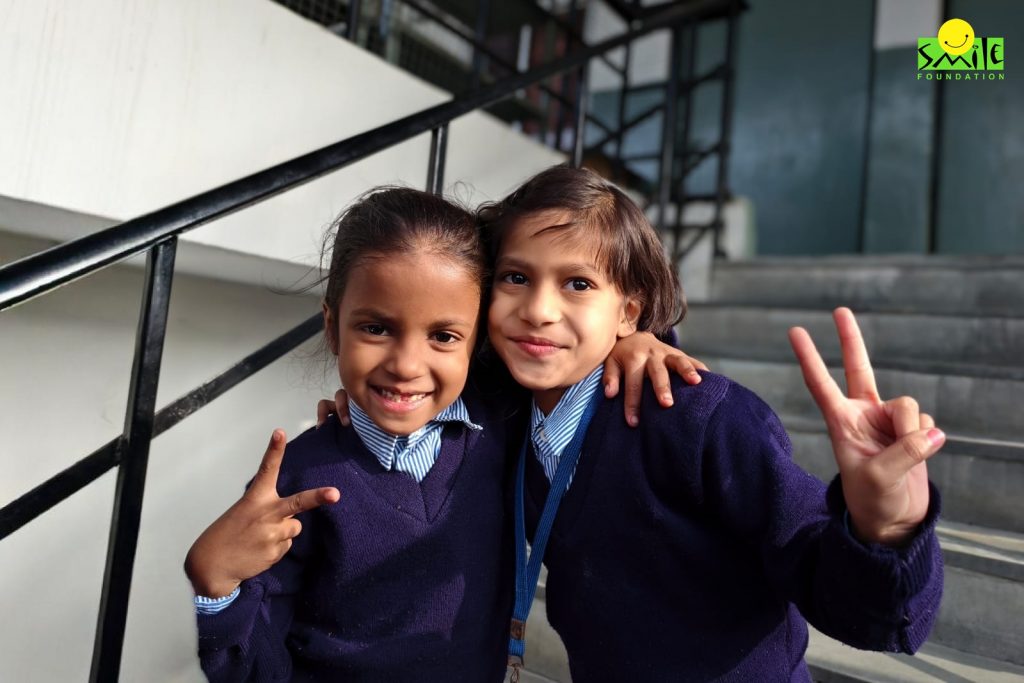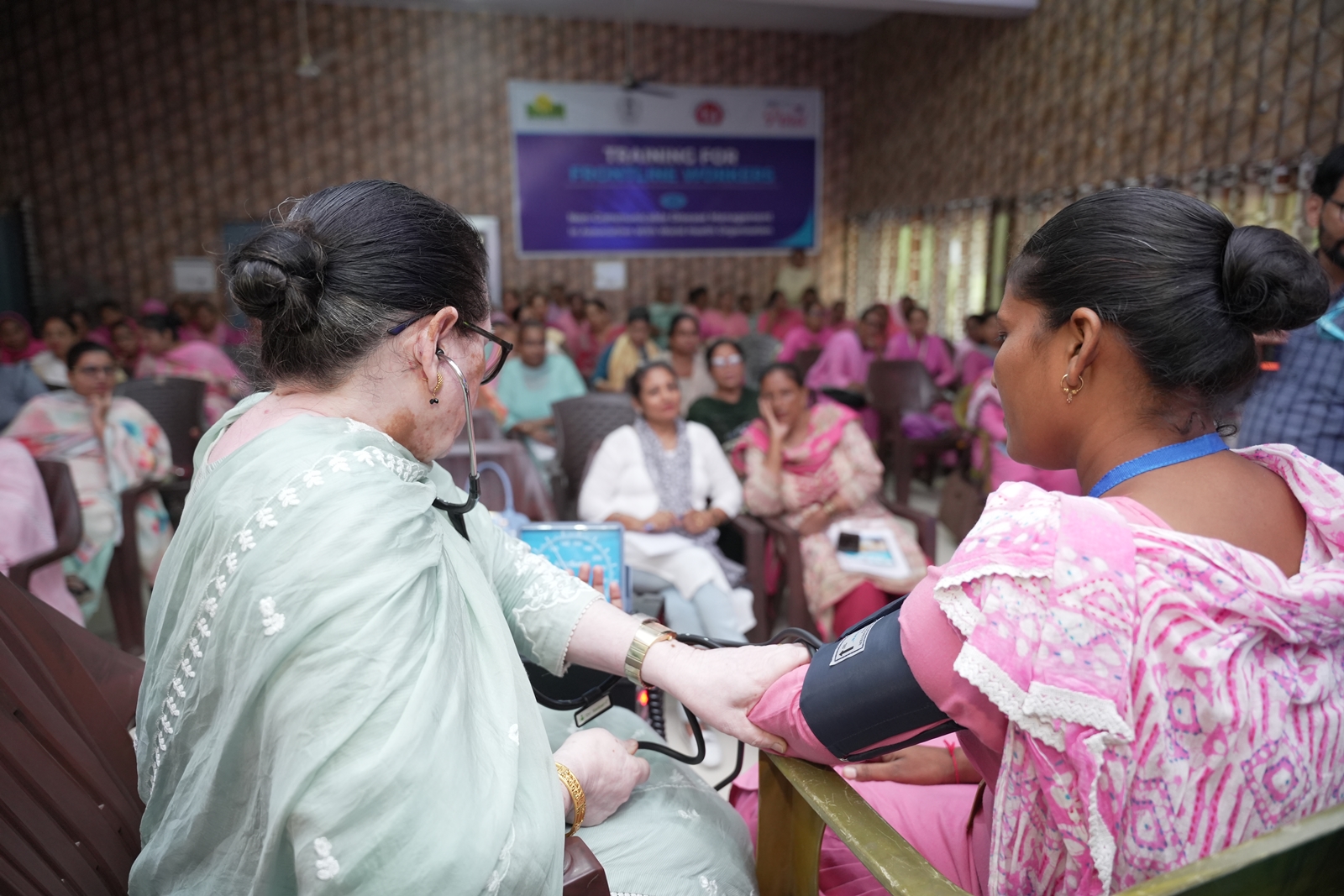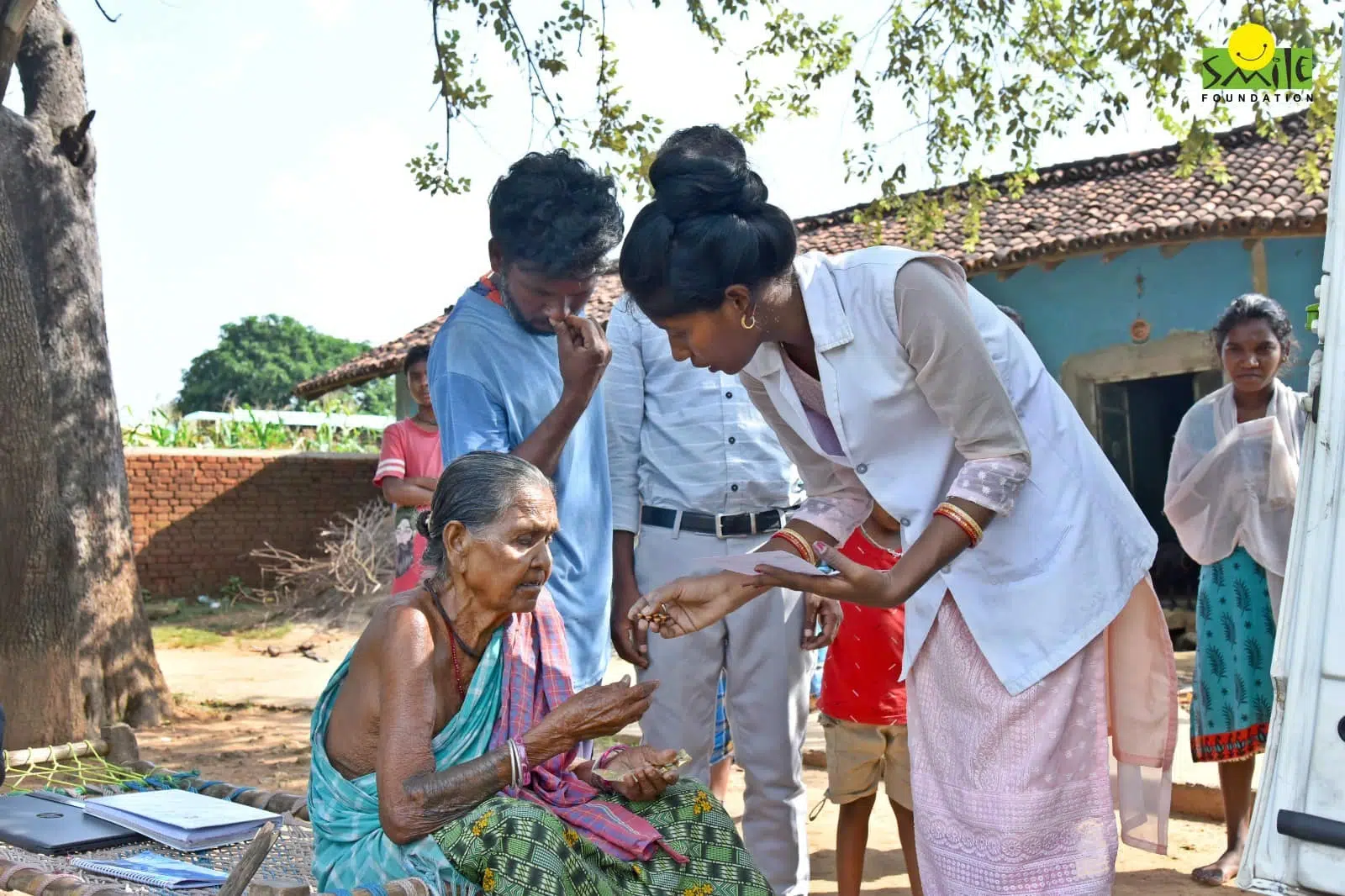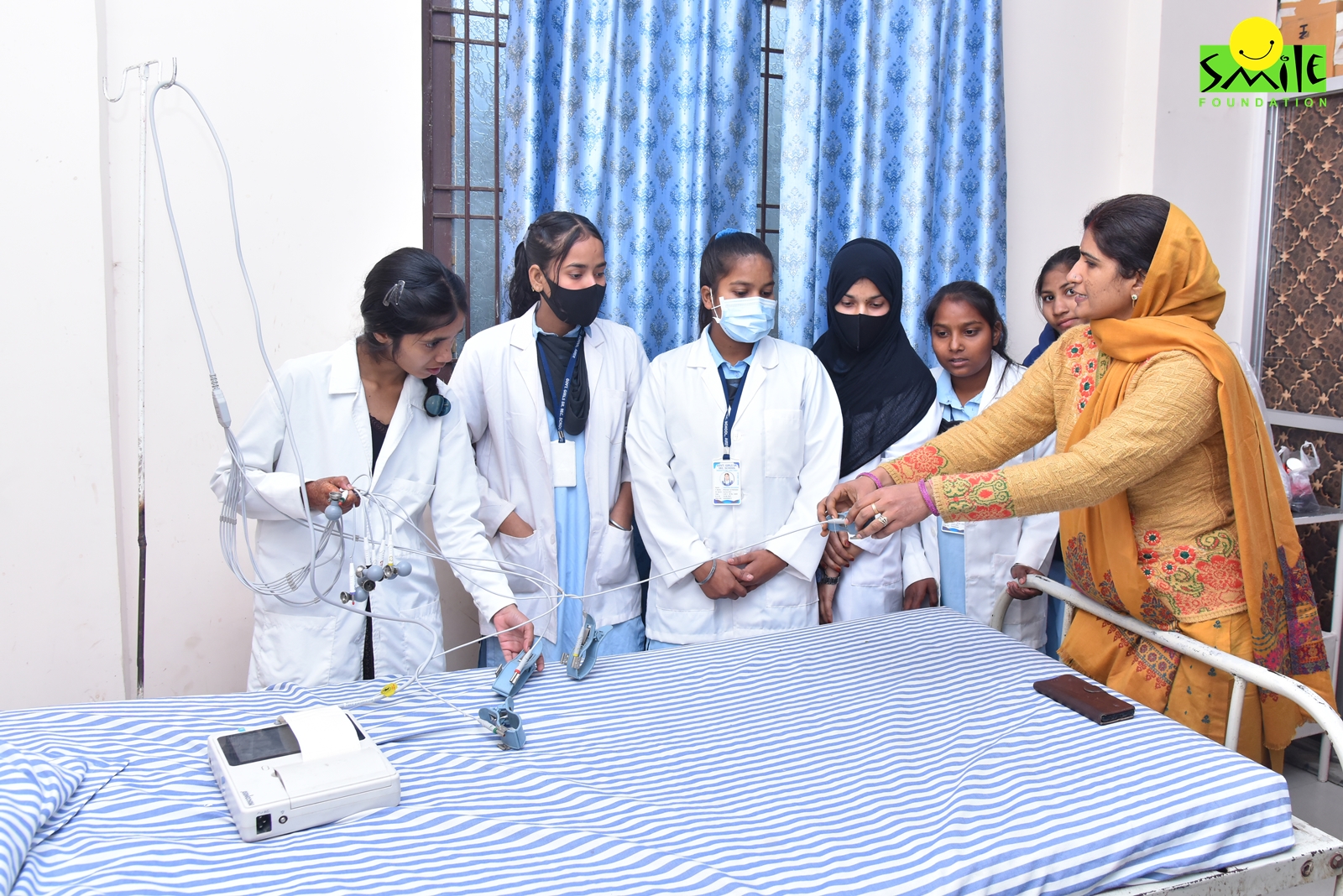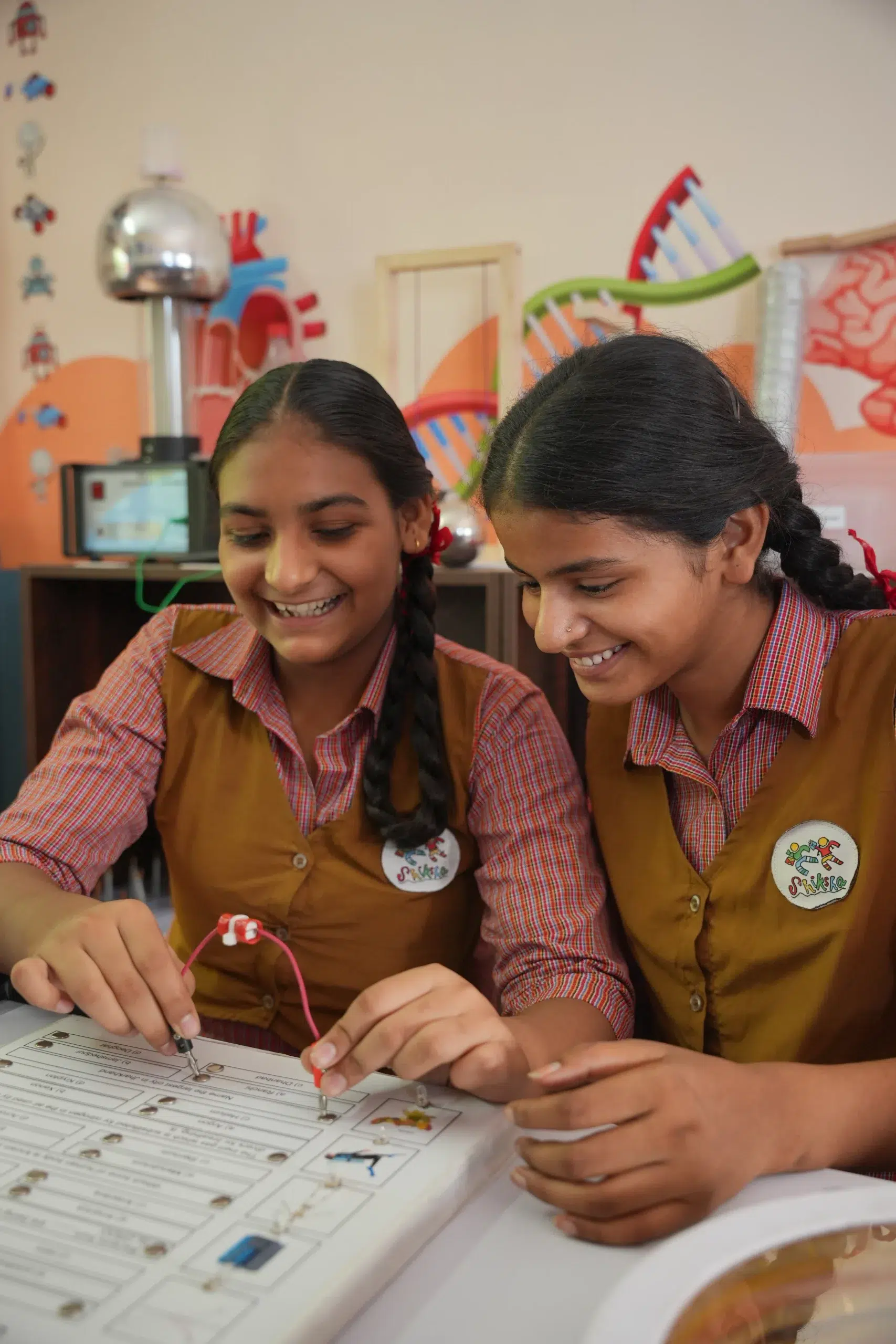Child marriage has been a pressing social issue in India since decades. Even though there has been incredible progress in reducing such cases, the practice still persists in some parts of the country, especially those areas which struggle with issues of poverty, poor education, social divides, etc. Child marriage, in turn, perpetuate this cycle of poverty and inequality because it stops young girls from accessing education and takes away their agency.
According to the National Family Health Survey (NFHS-5), India has made strides in reducing child marriage, yet approximately 23% of women aged 20-24 were married before the age of 18. For someone living in urban India, child marriage may seem like a problem of the past. However, it is an extremely sad reality for those girls who have to bear its brunt. Therefore, it is crucial that we talk about the problem of child brides in India and its relationship with the maternal and child mortality rates.
Child brides and maternal mortality in India
As India has grown in the last few years and decades, it has managed to bring down its child and maternal mortality rates. According to the Sample Registration System (SRS) 2020 report, the under-five mortality rate (U5MR) in India declined to 32 deaths per 1,000 live births, while the infant mortality rate (IMR) dropped to 28 deaths per 1,000 live births. At the same time, maternal mortality ratio (MMR) has also seen a decline from 398 deaths per 100,000 live births in 1997-98 to 103 deaths per 100,000 live births in 2017-19.
These are positive numbers and worth celebrating, but the challenge is that India is still behind in achieving the United Nations Sustainable Development Goal of reducing under-five mortality rate to 25 and maternal mortality rate to 70 by the year 2030. In a fast-growing economy like India, it is fair to expect that the problem of child mortality and maternal mortality is brought down to a level that becomes almost negligible or is completely eliminated.
Link between child brides and mortality rates
Now that we understand where India stands when it comes to maternal mortality rate and child mortality rate, it is important that we look at the link between these and the problem of child brides. First of all, child marriage is not the sole or the biggest reason for high mortality rates. There are several factors that contribute to it, like poor access to nutrition and healthcare facilities, lack of awareness, etc.
However, child marriage does play a role in contributing to high child and maternal mortality rates in India. Girls who marry before the age of 18 are more likely to experience early pregnancies, which pose significant health risks for both the mother and the child. Early pregnancies are associated with complications such as preeclampsia, obstructed labour, and low birth weight, all of which increase the risk of maternal and neonatal mortality.
According to a study in the BMJ, the children who are born to mothers who were married when they were minors are at a higher risk of stunting, malnutrition, etc. As mentioned above, the problem is exacerbated because of lack of access to education, nutrition, and proper healthcare. Child brides are more likely to have poorer access to these facilities.
Ending child marriage in India
Now that we understand the link between child marriage and maternal and child mortality rates, we must talk about the solutions. Here are some key strategies that can be adopted:
- Education access – The first and most important change agent is access to good quality education to children, irrespective of their gender. When children, especially girls, get access to education, they are less likely to be married off at an early age. In India, initiatives like the Beti Bachao Beti Padhao campaign aim to promote girls’ education and empower them to make informed decisions about their lives.
- Economic empowerment – The second important step is to improve the economic status of people in India as lack of resources is one of the biggest reasons why poor parents decide to marry off their daughters. Therefore, it is important that investment is made in the area of providing employment opportunities, skilling, and supporting grassroots entrepreneurs.
- Community engagement – While child marriage is an issue that is rooted in problems of poverty and lack of education, it is also a social ill that disguises as a tradition. Therefore, it is important that community leaders at local level, religious figures, and youth are engaged to change the perceptions of people around this issue.
- Legal framework – Strengthening and enforcing laws against child marriage is essential. The Prohibition of Child Marriage Act (PCMA) 2006 sets the legal age of marriage at 18 for girls and 21 for boys. However, gaps in enforcement and lack of awareness about the law remain challenges. Efforts to raise the legal age of marriage for girls to 21 are currently underway, which could further deter the practice.
Initiatives in India
The country has taken many initiatives over the years to deal with this problem, including policy frameworks, awareness campaigns, and even television shows. Let’s look at some of the initiatives taken to erase the problems of child and maternal mortality in India:
Prohibition of Child Marriage Act (PCMA) 2006: It criminalizes child marriage and provides penalties for those who facilitate or participate in the practice.
Kishori Shakti Yojana: This scheme aims to empower adolescent girls through education, nutrition, and life skills training, reducing their vulnerability to child marriage.
Childline 1098: The helpline provides a platform for reporting cases of child marriage and rescuing at-risk children.
National Health Mission (NHM): The NHM includes programs like Janani Suraksha Yojana (JSY) and Pradhan Mantri Surakshit Matritva Abhiyan (PMSMA), which focus on improving maternal and child health through financial incentives and free healthcare services.
Apart from these, various initiatives have been taken by international organizations like UNICEF, NGOs including Smile Foundation, and corporations through their CSR initiatives.
Conclusion
Elimination of child marriage in India is not just about reducing child and maternal mortality rates, but it is also a moral imperative and a step towards reducing the inequalities that exist in our society. What we need is to begin by addressing the root cause of the problem and then employ targeted interventions. Education, economic empowerment, community engagement, and strong legal frameworks are key to achieving this goal. In this journey, the role played by the government, NGOs, and private sector is equally important. Therefore, we must join our hands together and support any initiative that aims to fight this problem.



